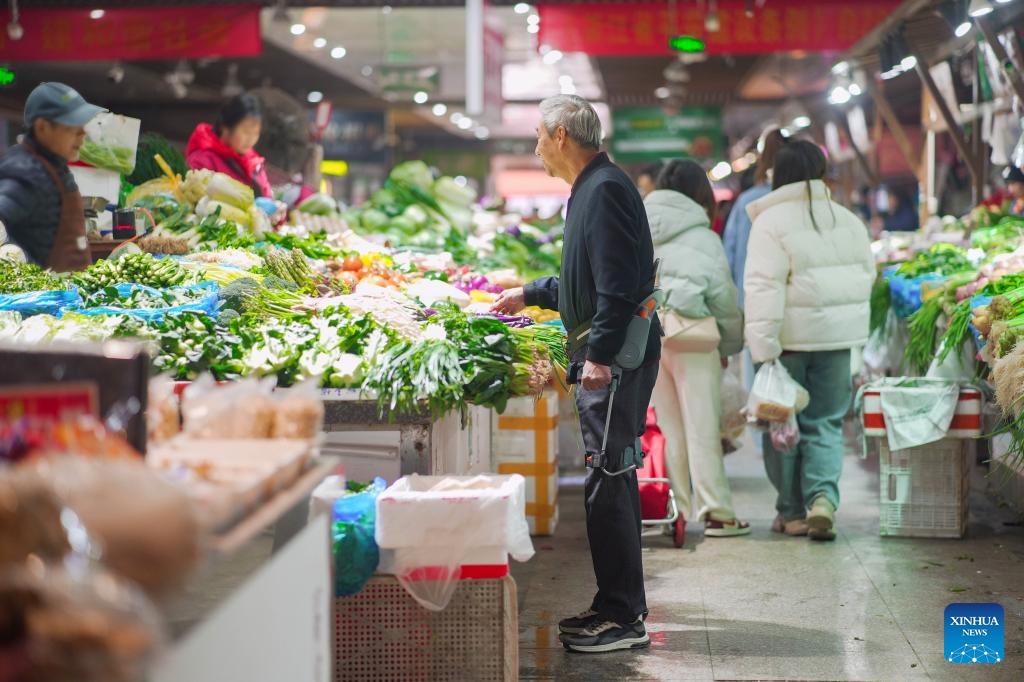Piecing together the precious porcelain past
By Wang Ru | CHINA DAILY | Updated: 2023-08-15 08:08

Restored ceramic castoffs unearthed in Jingdezhen, Jiangxi province, take pride of place at Beijing exhibition, Wang Ru reports.
Along with Liling, Hunan province, and Dehua county, Fujian province, Jingdezhen in Jiangxi province has long been known as one of China's "three capitals" of porcelain-making.
In 1369, during the reign of Ming Dynasty (1368-1644)'s founding emperor Zhu Yuanzhang, an imperial factory for making pottery and porcelain for the court was set up, which later became known as the Imperial Kiln.
The kiln's fires burned continuously until the reign of Emperor Xuantong, the last emperor of the Qing Dynasty (1644-1911).
Over the course of its 600-odd years, the kiln attracted skilled craftsmen who produced a wide variety of exquisite objects. The complex nature of the process and the high standards to which imperial utensils were held, meant that many finished pieces were judged unsuitable, and were broken into pieces before being buried by the kiln.
In the 1980s, excavation of the site began. Since then, tons of porcelain pieces have been discovered and over 1,400 porcelain items from the Ming Dynasty have been pieced back together again.
























